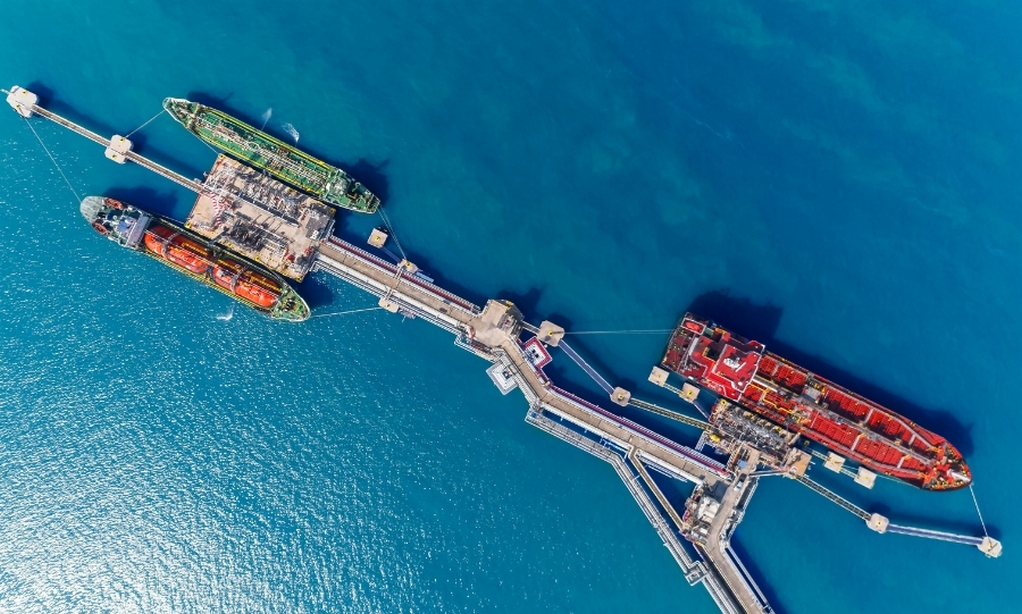China has set ambitious goals to lead the global shift toward greener shipping, aiming to build over half of the world’s ships using environmentally friendly fuels by 2025. The recommendations issued by the Ministry of Industry and Information Technology should have specified the number of vessels to be built.
Still, they highlighted China’s commitment to creating ships powered by lower-carbon alternatives such as liquefied natural gas and methanol. This project is consistent with Beijing’s goal of reaching carbon neutrality by 2060.
The guidelines underscore the need for ship engine innovation, emphasising improving the efficiency of both conventional fuel and LNG marine engines. The declaration proposes a progressive increase in LNG consumption in marine engines to help reduce carbon emissions in the shipping industry.
Major Chinese firms have already shown progress in reducing pollutants and carbon emissions, as proven by a 13.5% reduction in total energy consumption per 10,000 yuan from 2020 levels.
The document states that the full environmental revamp of the shipping industry is scheduled to be completed by 2030, extending the commitment to environmental sustainability beyond 2025.
This project demonstrates China’s commitment to tackling climate change concerns and supporting sustainable practices in its industrial sectors, paving the way for a greener, more carbon-neutral future.
Tags: Carbon Nutrality, China, Green Ships, LNG, Marine Fuels



Recent Posts
Hygenco Commissions Maharashtra’s First Green Hydrogen and Oxygen Facility to Power STL’s Net Zero Goals
India Invites Second Round of R&D Proposals Under ₹4 Billion Green Hydrogen Mission
BMTC Adds 148 Tata Electric Buses to Bengaluru Fleet, Strengthens Green Mobility Drive
MITSUI E&S Deploys Hydrogen Fuel-Cell RTG Crane at Yokohama’s Minami Honmoku Terminal
WinGD’s first ammonia-fuelled engine installed on EXMAR vessels
DP World and Asian Terminals Inc deploy first fleet of electric internal transfer vehicles in the Philippines
Lloyd’s Register Decarbonisation Hub Joins Mærsk Mc-Kinney Møller Center as Knowledge Partner
Wärtsilä engines selected to deliver reliable power for US data center